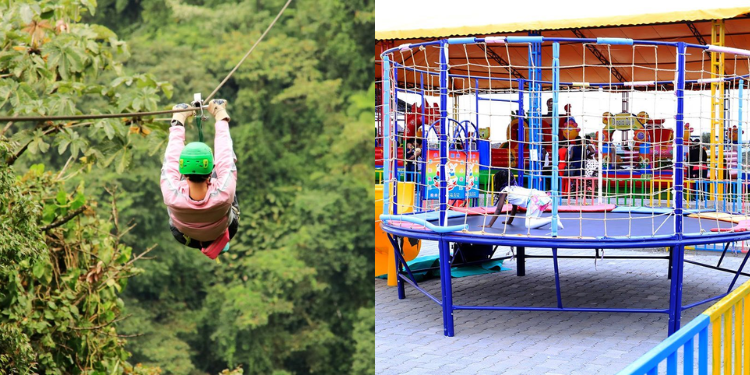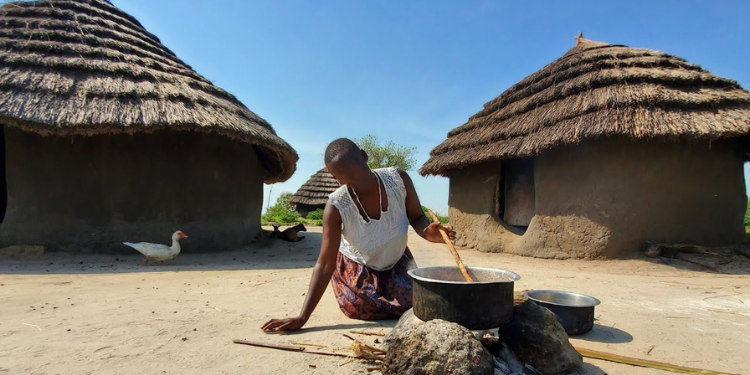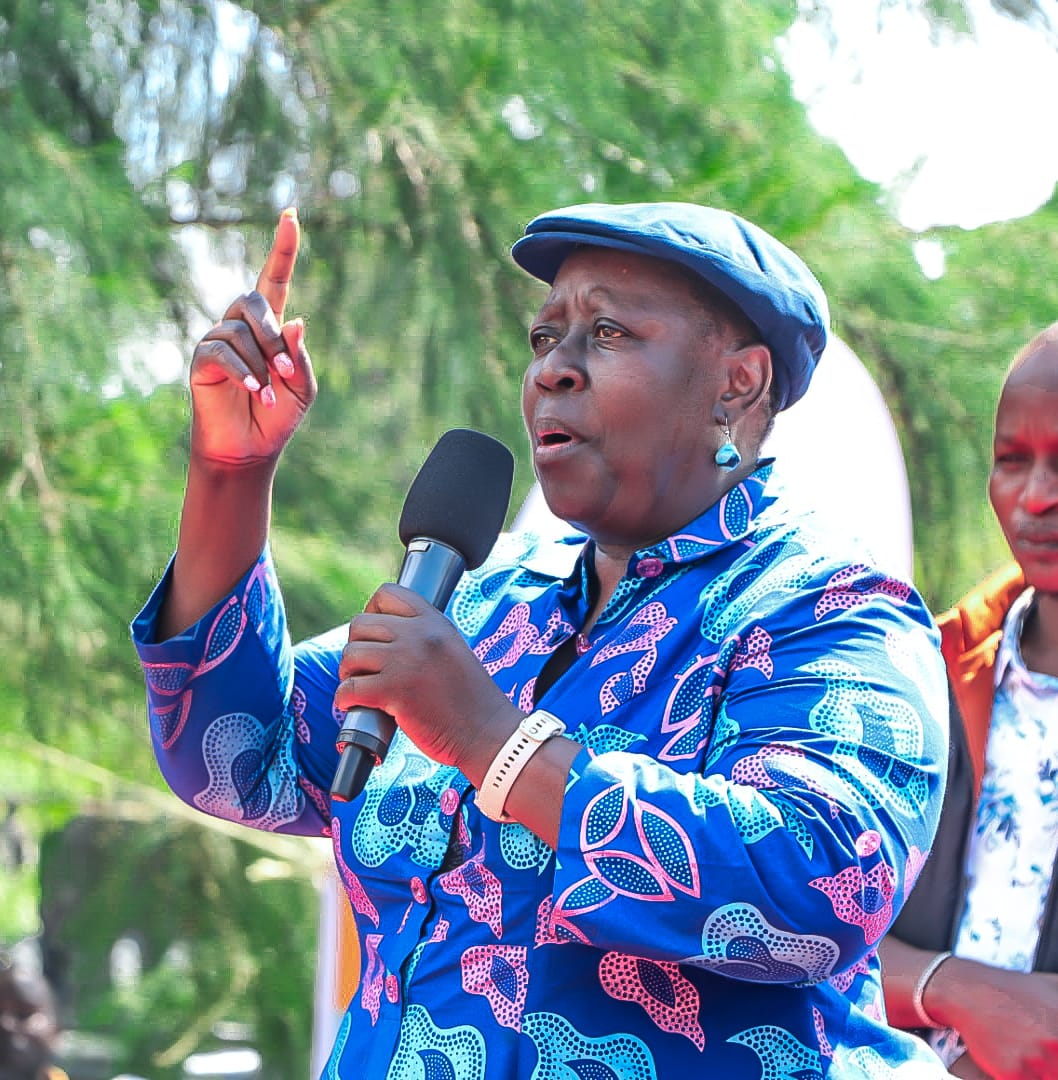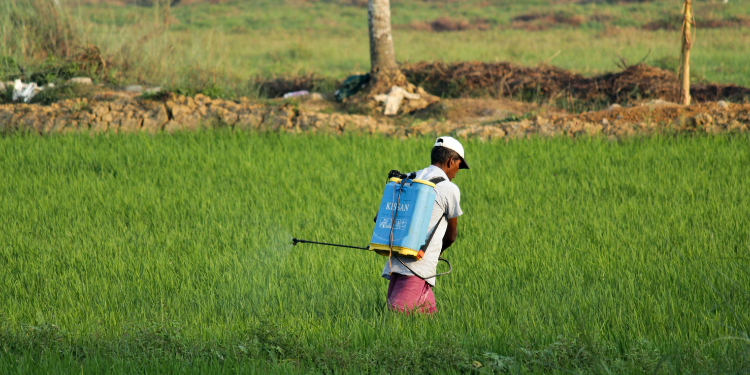At the end of 2023, the government announced Kenya had just lived its hottest year on record, up 0.37 degrees on the year before, only to be topped by 2024, which was hotter still.
The Kenya Meteorological Department has not released the country’s average temperature for 2024, but it now seems likely the country is gaining a degree every 3 to 5 years, which is generating an explosion in crop pests and disease-carrying insects.
Under these conditions, insects, viruses, and bacterial diseases all grow faster at higher heats: they spread further, breed faster, survive better, and grow larger.
At base, scientists calculate that each 1-degree rise in temperature causes an extra 10 to 20 percent of crop destruction by pests. But that assumes a mix of ordinary pests and ongoing pest control.
Certainly, up until and including 2023, Kenyan farmers were just about coping: maize production was ahead that year despite the heat, with official reports saying this was due to the improved rain.
A nationwide survey of farmers found two-thirds faced varying degrees of Fall Armyworm (FAW) infestation, but they were reporting it was under control.
Pesticide Ban Collides with Climate Crisis in Kenya
Only then, the government banned a set of its approved pesticides, including the two most robust and affordable pesticides for FAW control, and that is where climate change and government policy collided.
Maize production fell by 6 percent in 2024, on average, and better-than-average rainfall. The government has been at pains to ascribe this to erratic rainfall, which did affect some areas, as it also had in previous years. But it has not been quite so diligent in reporting last year’s resurgence in FAW.
Also Read: Govt Bans 77 Harmful Products After Warning on Toxic Potatoes
Yet a study in Egypt, published in 2020, found that at an average temperature of 20 degrees, the life cycle of FAW, from egg to laying eggs of the next generation, was 72 days. At 25 degrees, that fell to 40 days.
This makes an unbelievably large difference. Each FAW moth lays 1000 – 2000 eggs. At 40 days, and nine generations in a year, the member of FAW in a year from one female rises to 38.4 septillion, which almost has no meaning except that it is followed by 27 zeros, versus the 15 zeros from one female at 20 degrees.
Similar accelerations happen for other pests, like chafer grubs, cutworms and aphids.
That puts huge pressure on pest control. On Yet there are few alternatives to pesticides that are able to control some of these.
Lack of Transition Strategy Threatens Food Security
For FAW, biological controls include parasitic wasps that consume the worm. But only 140,000 of these have ever been released and so far, protect less than 2 per cent of Kenya’s maize farmers.
There are also organic pesticides, but none that have been found to clear more than 55 percent of the worm, leaving the other 45 percent to destroy the crop and generate quadrillions of new FAW each year.
Yet, because the government has framed pest control as an ideological battle, the science and facts have themselves become contentious.
This has seen those who report that pests are harming production cast as ‘cartels’, ‘infecting’ the regulator and Ministry of Agriculture officials’, according to the government.
But this seeming shift to an ideological battle has seen the government step away from managing the intended transition in a structured manner, and this poses a danger to our food system.
Also Read: Why Nyandarua Potatoes Are Unsafe- Egerton Research
The government decided not to conduct an assessment of which pests the banned chemicals were controlling, or any assessment of which alternatives were available to all farmers and how effective they are. Yet the World Health Organisation and the United Nations’ Food and Agricultural Organisation guide that these assessments are vital ahead of any pesticide ban.
As it is, the majority of Kenyan farmers want to use fewer pesticides, which saves them costs, and are keen on alternatives. But without information or any regard for gaps where there are no alternatives, this approach is just cutting food production needlessly and painfully.
We need to now review what pests were being controlled and the alternatives and manage this transition, so it does not keep building maize and food blights and shortages.
This article was written by Anthony M. Kioko, CEO Cereal Growers Association.
Follow our WhatsApp Channel and X Account for real-time news updates
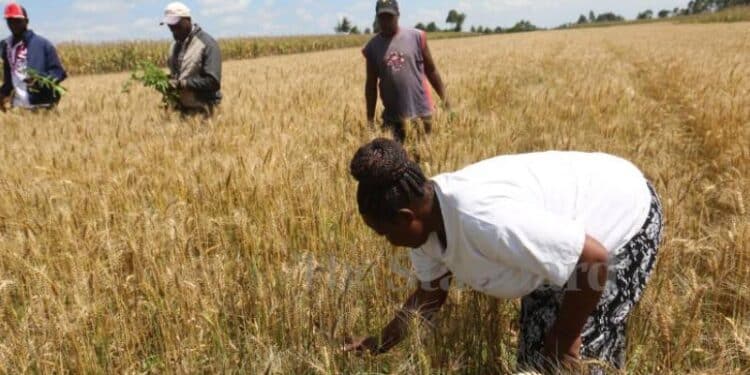

























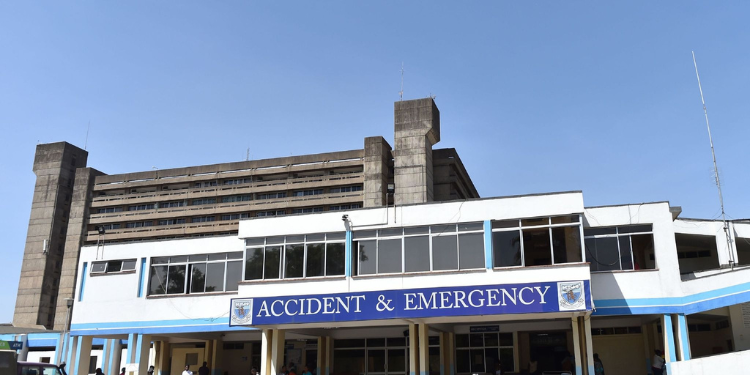


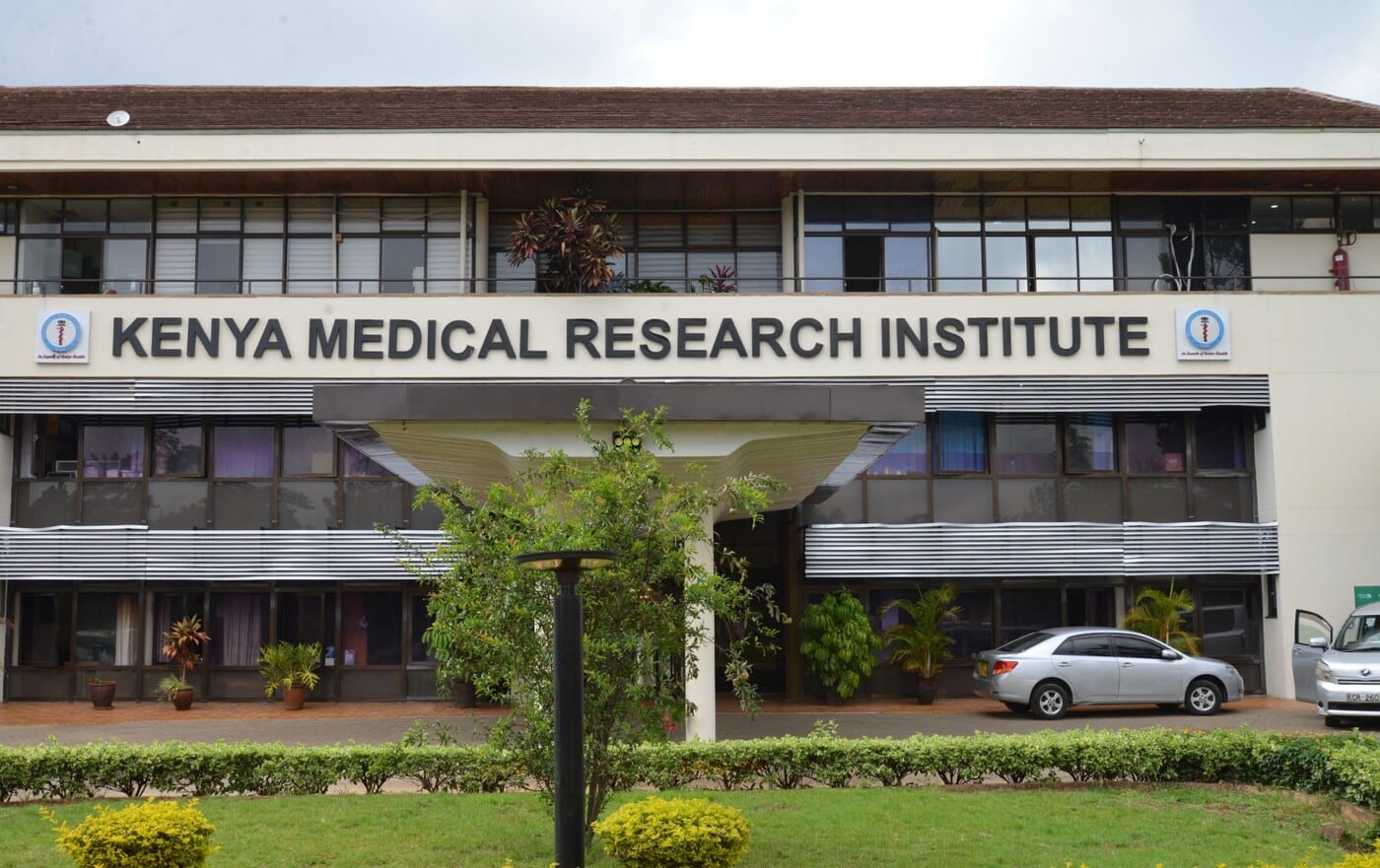




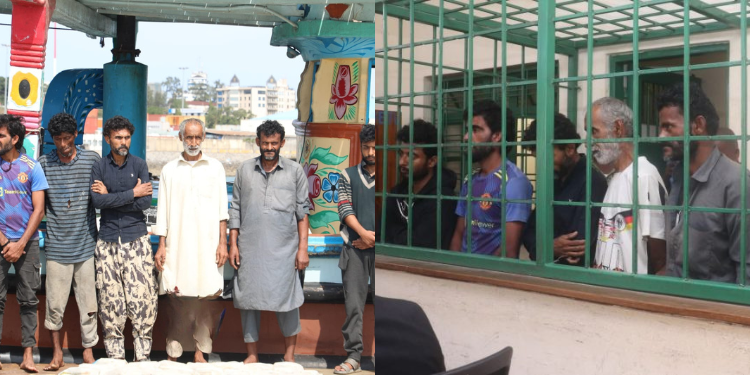













![Senator Allan Chesang And Chanelle Kittony Wed In A Colourful Ceremony [Photos] Trans Nzoia Senator Allan Chesang With Channelle Kittony/Oscar Sudi]( https://thekenyatimescdn-ese7d3e7ghdnbfa9.z01.azurefd.net/prodimages/uploads/2025/11/Trans-Nzoia-Senator-Allan-Chesang-with-Channelle-KittonyOscar-Sudi-360x180.png)

